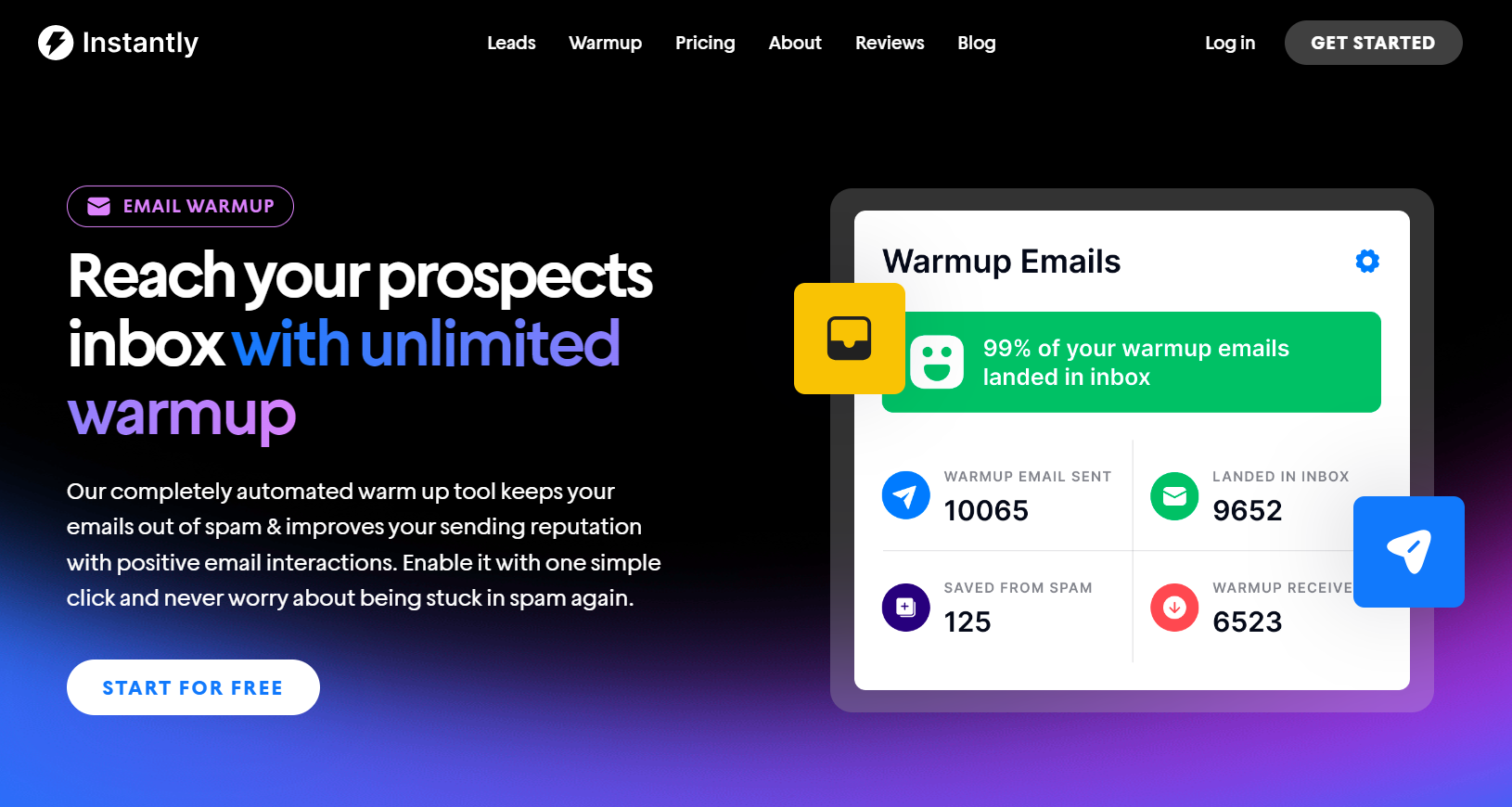If high conversion rates and an efficient sales process sound great to you—try targeted selling. It’s one of the most effective methods of boosting profitability in any business.
The process involves the identification of certain market segments within your audience. The sales team then focuses on these segments in a personalized and tailored fashion. They receive unique content and efforts that are aligned with their specific needs and preferences. The messaging they receive resonates far more and is more relevant. Therefore, this dramatically increases the chance of conversion.
In this article, we explore targeted selling in depth. We’ll look at what strategies there are that you can implement, plus the technologies that facilitate it.
- The best tools you can use for targeted selling.
- Selecting appropriate audience segments for targeted selling.
- Best practices you should employ.
The Concept of Targeted Selling
Traditional sales focuses on a fairly wide audience. It works on the basis that anyone who has an interest in your product or services is a potential sales target. On the other hand, targeted selling takes a more nuanced approach based on customer data.
To be genuinely successful, targeted selling needs to have a foundation of analysis. Without accurate data, you may as well be taking a guess at who to sell to. Businesses should analyze their sales data. They can find customer behaviors, challenges, preferences, and previous interactions. With accurate data in hand, businesses can then begin to craft personalized sales messaging.
The data in question can be collated from several different sources. You can start by looking at your sales records and taking note of customer purchase history. There are also digital marketing interactions, such as social media activity and website visits. All of this combines to paint a picture of a certain audience member. A segment that you’re able to market and sell to.
In retail, targeted selling is typically used to retarget customers based on their previous purchases. Customers receive emails titled “You bought X. Have you considered Y?”. The B2B sector takes a different approach. They consider their services and then target specific industries or company sizes. They feel these industries or company sizes could benefit the most from what they have to offer.
Strategies for Effective Targeted Selling
To launch targeted selling effectively, businesses need to incorporate a number of strategies. Some require specific tools, while others require a more holistic approach.

Personalized Marketing and Sales
The messaging that you send to potential and current customers has to build an affinity with them directly. That means addressing their needs, preferences, interests, and pain points. You might achieve this through a personalized email campaign. You could also use targeted advertising or customized landing pages.
Targeting specific groups with a generic message is pointless. It’s no different from sending the same message to everyone. For targeted selling to be effective, your messaging has to be personalized.
Use Your CRM
Many people have a CRM as a handy way of collating customer information. Not as many people use their CRM for the analysis of customer data. Look at the metrics that the CRM can provide. You might find specific trends with certain demographics or audience segments that you hadn’t considered before.
Create Compelling Value Propositions
Your value proposition needs to be clear and compelling for each specific segment that you’re targeting. Don’t be tempted to try and sell the product or service as a whole. Consider the segment’s individual, personalized needs. Then, deliver them a value proposition that helps them to achieve their objectives.
Technologies You Should Leverage for Targeted Selling
There are certain tools and technologies you should use when embarking on targeted selling. We mentioned the use of a CRM above. That’s a given, but what other technologies are there?
Analytics Tools
Many tools now have their own built-in analytics platforms. There is, however, still merit to using third-party tools like Google Analytics. They help track user behavior, traffic, and conversion rates across your website. This lets you better understand your audience segment, including their original source.
Sales Email Software

Sales email software, such as Instantly, allow you to build entire campaigns based on audience segments and their behaviors. Segment your audience accordingly. Then, run personalized, tailored content to them through sequencing. These tools are great at facilitating personalization at scale. Especially when you make use of the merge tag options and CRM data.
Pay-Per-Click Advertising
Google Ads and social media advertising allow you to get hyper-specific with your targeting. You can sell to segments of your audience even if they have had no previous interaction with you. Target people based on demographics, interests, behaviors, and visits to your business. This is at its most powerful when combined with creativity designed with the segment in mind.
Target Selling Best Practices
- Always monitor and analyze your data: Trends come and go. Don’t rely on one snapshot of data. Instead, regularly interrogate your sources.
- Implement A/B testing: A/B testing is a great way to check what truly resonates with your audience. It removes the guesswork and maximizes conversion opportunity.
- Gather and reflect on customer feedback: Your customers are one of your best sources of information. Leverage their feedback to better hone your targeted selling.
- Align sales and marketing: Sales and marketing always need to work hand-in-hand, even more so when you adopt a targeted selling style.
- Focus on customer experience: Customer experience should always be your number one priority. Ensure that any targeted selling you undertake is a benefit to the customer.
- Personalize responsibly: Always comply with privacy regulations when personalizing sales communication.
Key Takeaways
Targeted selling has the potential to exponentially increase your sales conversions and potential. The theory behind it is simple. If you are more connected with your audience, then you’re more likely to win their business. The implementation, however, takes careful planning and the right set of tools.
- Success lies in the data. Base your audience selection on data for the best chance at targeted selling success.
- Create the perfect mix of technology to ensure you maximize efficiency.
- The best-targeted selling efforts will be aligned across every department in the business.
One of the most important tools you can have in your targeted selling arsenal is an email marketing tool. The right tool will make personalized email outreach a breeze. That’s exactly what Instantly can do— Start today.




